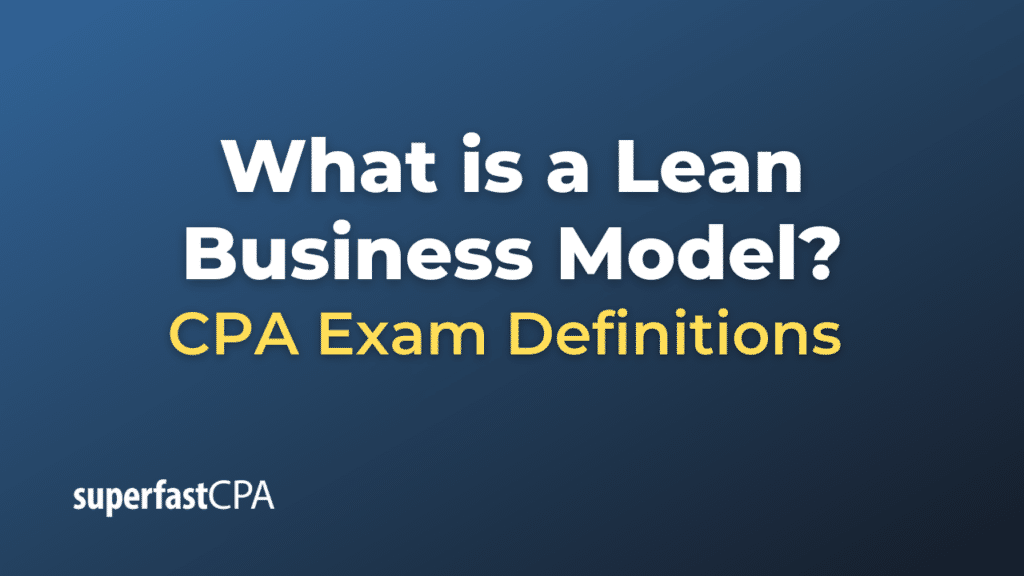Lean Business Model
A lean business model is an approach to managing a company that focuses on creating value for customers by using resources more effectively and eliminating waste. This concept is rooted in the principles of lean manufacturing, a methodology that originated in the Japanese automotive industry, particularly in Toyota Production System, which emphasizes efficiency, continuous improvement, and elimination of waste.
The lean business model approach can be applied in any business or industry, not just manufacturing. It prioritizes delivering high-quality products or services to customers while minimizing waste and maximizing productivity. Waste in this context refers to anything that doesn’t add value to the customer and can include wasted time, resources, or talent.
Key principles of a lean business model include:
- Value: Start by identifying what value means to your customer. What does your customer want or need from your product or service?
- Value Stream: Identify all the steps in your process and eliminate anything that doesn’t add value. This is sometimes called the value stream.
- Flow: Ensure that your processes flow smoothly without interruptions or delays, which can create waste.
- Pull: In a lean system, production is typically driven by customer demand (a “pull” system), rather than forecasting (a “push” system). This helps to avoid overproduction.
- Perfection: Continuous improvement is at the heart of a lean business model. Always be looking for ways to improve your processes and add more value for your customers.
Applying a lean business model can help companies to become more efficient, agile, and customer-focused. However, it requires a significant cultural shift and a commitment to continuous improvement. Lean is not just a set of tools or techniques, it’s a way of thinking and behaving.
Example of a Lean Business Model
Suppose we have a company called “Healthy Meals Inc.” that delivers meal kits to customers. Initially, they stocked a large variety of ingredients in their warehouse, created meal plans weeks in advance, and made large quantities of meal kits ready to ship.
However, they noticed significant waste. Some ingredients expired before they could be used, and some meal kits were not sold because they overestimated the demand for certain meals. In addition, they often had to rush to meet last-minute orders, leading to errors and quality issues.
So, they decided to adopt a lean business model:
- Value: They started by clearly identifying the value to their customers: fresh, high-quality ingredients, a variety of meals to choose from, and on-time delivery.
- Value Stream: They analyzed their entire process from sourcing ingredients to delivering meal kits. They found that storing large quantities of ingredients and pre-making meal kits did not add value for the customers. In fact, it led to less fresh ingredients and less flexibility to adjust the menu.
- Flow: To improve the flow of their processes, they established relationships with local farmers to get fresh ingredients as needed. They also redesigned their meal assembly process to be more efficient, reducing the time it took to put together each meal kit.
- Pull: Instead of forecasting demand and pre-making meal kits, they shifted to a “pull” system. Customers would place orders a few days in advance, and meals would be made to order. This reduced waste from unsold meals and ensured that the ingredients were as fresh as possible.
- Perfection: They established a culture of continuous improvement, regularly seeking feedback from customers and employees and looking for ways to improve their processes.
By implementing these changes, Healthy Meals Inc. was able to reduce waste, improve customer satisfaction, and increase efficiency. They also found that their employees were more engaged because they could see the direct impact of their work on customer satisfaction.
This is a simplified example, but it illustrates the basic principles of a lean business model. The specifics would vary widely depending on the industry and the specific business.













